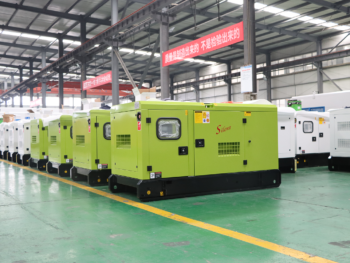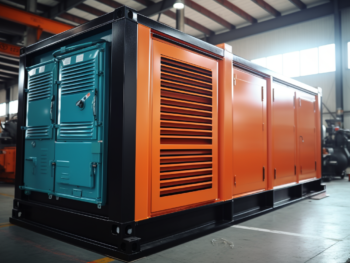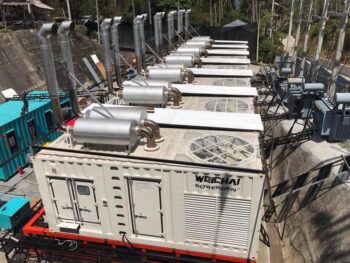Ask For A Quick Quote
We will contact you within 24 working hours, please pay attention to the email with the suffix “@penlucky.com”.
COME VISIT US AT OUR HQ.
Our headquarters are based in China’s Shandong District.
Choose Your Generators
Penlucky offers a wide range of generator sets for all industrial applications, including diesel, gaseous, marine and residential & Portables generators
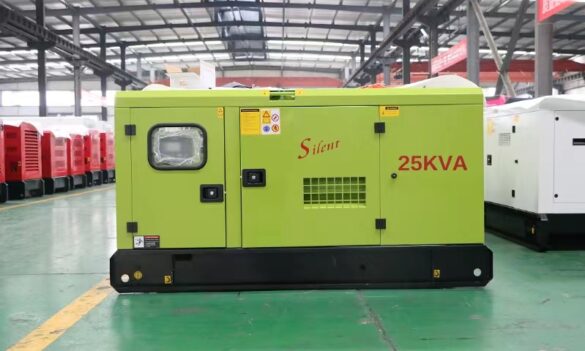
Diesel Stationary Generators.
Penlucky’s stationary generators offer various control panel solutions and optional features to meet demanding customer needs. With generators suitable for industrial, healthcare, data center, and residential applications, Penlucky can satisfy any energy requirement. Whether for backup or primary power, Penlucky’s generators are designed to deliver dependable performance and meet specific power needs.
Gas Stationary Generators.
Penlucky’s industrial gas generators offer a revolutionary approach to energy, with long run times, minimal environmental impact, and easy-to-use Power control systems. Optimized for emergency standby and prime power applications, these generators offer reduced maintenance costs and simplified installation compared to diesel gensets. Enjoy reliable and efficient power solutions that are environmentally friendly and cost-effective with Penlucky’s gas generators.
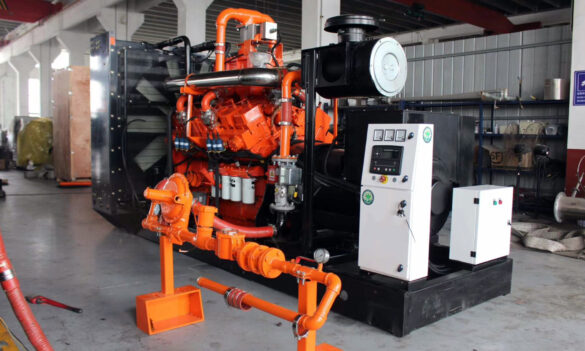
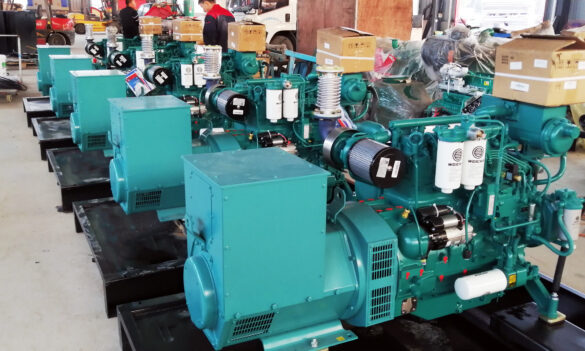
Marine Stationary Generator.
The Penlucky marine generators have CCS certificates for both engine and alternator, the genset is satisfied with CCS certification.
Residential & Portables Generators.
Penlucky Leisure & Semi Professional Generators serve for supporting recreational and DIY activities.
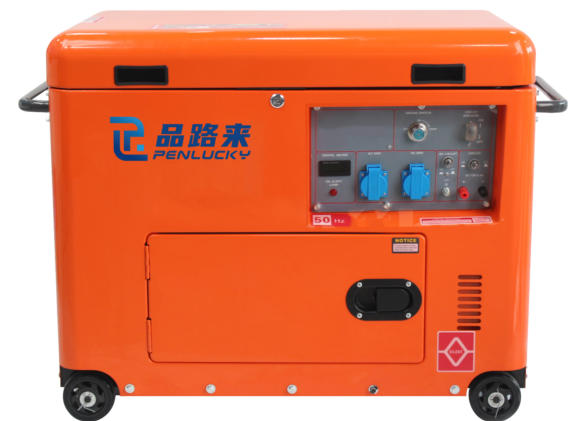
PENLUCKY POWER GENERATORS
Penlucky’s generators provide robust, flexible, and fully integrated power for a wide range of industries and applications. From emergency backup to primary supply needs, Penlucky has you covered. In today’s global economy, where uninterrupted power is essential 24/7, you can trust Penlucky to deliver reliable and efficient solutions to meet your needs.
THE NEXT GENERATION OF POWER GENERATORS
Penlucky provides reliable power solutions for work, home, and life, with use cases ranging from hospitals and data centers to drilling and mining operations. Count on Penlucky for a wide range of solutions to meet your specific power needs.
Wondering what size generator you need for home use or camping trips? Use our handy Generator Size Calculator to total your estimated wattage requirements.
Generators by application
- Home Standby Generators
- Portable Generators
- Standby Power
- Prime Power
- Commercial Mobile Generators
- Microgrid Power Solutions
GENERATORS FOR EVERY NEED
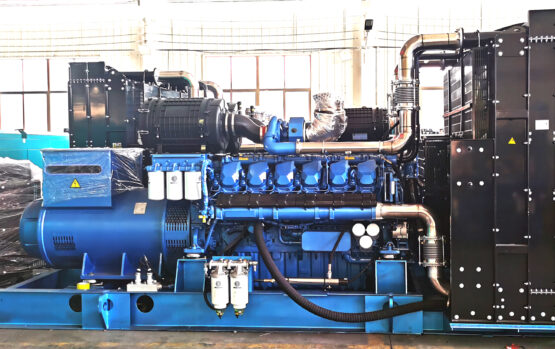
Penlucky’s power system products range from diesel and gas-powered generator sets of 15 – 3750 kVA to alternators, diesel engines of 49 – 5,500 hp, generator-drive engines, battery storage systems, and integrated power systems. All these are connected to Penlucky’s industry-leading digital solutions for complete power system control.
With an integrated approach to generator set design, manufacturing, and service, all major components are manufactured in-house, ensuring each element works in harmony from the start.
Whether you need a custom solution or a standard product, Penlucky offers superior design expertise, integrated equipment and communication software, and ongoing maintenance services to help you maintain a resilient operation at your site.
Generators by Fuel Type
- Diesel Generators
- Natural Gas Generators
- Gas Generators
- Propane Generators
Generator Solutions by Industry
- RV Generators
- Marine Gensets
- Healthcare Generators
- Data Center Backup Power
FAQs
Power generators are basically small power plants. They allow their owners to generate electricity on site, as a substitute or complement to electricity from the electric grid. Power generators and large thermal power plants operate on the same principle: both burn fuel to create motion, or mechanical energy, and convert it into electrical energy.
Generators have two main components: an internal combustion engine and an alternator.
Like an internal combustion engine of a car, a generator’s engine needs fuel to operate. Diesel, natural gas, propane, gasoline and biofuels are common options.
The combustion of the fuel is used to create a rotational movement in a crankshaft in the following way: Air is taken into a cylinder through an intake valve as the piston lowers. The piston then travels upward, causing the air to compress in the cylinder. When the air is compressed and reaches a certain temperature due to that compression, fuel is injected into the cylinder and ignites. The combustion, a small explosion, pushes the piston back down. The piston then returns to the top of the cylinder, pushing the gases from the combustion out the exhaust valve. The pistons are attached to a crankshaft, so as the pistons move up and down, it makes the crankshaft turn.
In a vehicle, this motion and energy would be used to propel the vehicle. In a generator, it is used for electricity generation.
The rotational motion produced by the engine extends into the second main component, the alternator. The alternator converts one form of energy, rotational kinetic energy, into electricity by using the properties of electromagnetic induction, the physical phenomenon by which variable magnetic fields create electrical currents.
The alternator has two parts—a stator and a rotor. The stator is a housing made up of many copper windings, and as the rotor spins inside the stator, its magnetic field rotates as well. The rotating magnetic field causes the electrons to flow in the stator, and thus a current of electricity is produced.
As well as the generator and alternator, a power generator contains other components to ensure its correct operation. A fuel system ensures that the generator’s engine receives a steady supply of fuel. In smaller generators, the fuel system can be as simple as a fuel tank and a fuel filter.
The generator also needs to supply electricity at the correct voltage, so a voltage regulator is included to ensure the right voltage is achieved and maintained.
Parts of the generator get hot during operation, so to prevent overheating, a cooling system is needed. Smaller generators tend to be air-cooled; larger generators need to be water-cooled. Then there is the exhaust system, which removes hot combustion gasses. Catalytic converters, dust filters or scrubbers can be added to clean up the exhaust.
In larger generators used in cogeneration applications, the exhaust gasses can be used to heat water, for example, as part of a district heating scheme. This means that the fuel energy is converted to both electrical and useful heat energy, optimizing the efficiency of the machine.
In addition, there is usually an oil system for lubrication, a battery for ignition, a charging mechanism for the battery, a control panel for monitoring the different gauges and parameters of the machine, and the frame in which all the machine’s components are housed.
Save Time, Money, and Space With Our Generator & Engine & Mobile Pump.
With our market-leading generator & marine power & pump solution, we can improve your business productivity and cut down costs. Receive a free quote today!
* We don’t share your personal info with anyone. Check out our Privacy Policy for more info.


